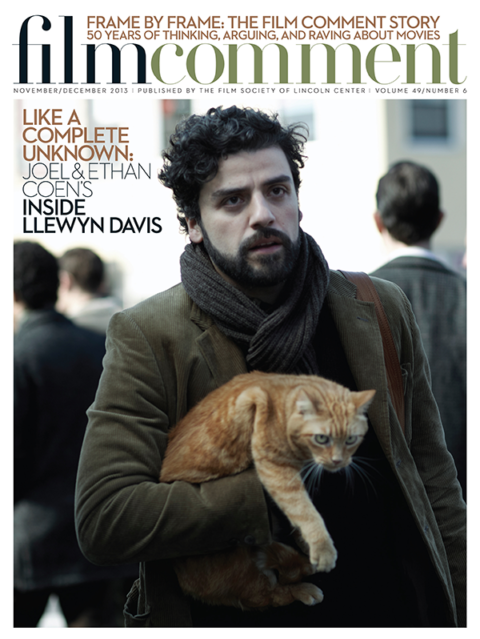
Roberto Rossellini’s Stromboli (50), Europe ’51 (52), and Journey to Italy (54) are three of the most emotionally devastating films you will ever see: anguished cries into a postwar void that seem to question the very point of existence. Together they form a loose trilogy of spiritual quests in the modern world—attempts to find purpose and a sense of place in the face of an increasingly dehumanizing society. All starring Ingrid Bergman, Rossellini’s mistress-turned-wife, the films extend the psychic turmoil her characters experienced in Gaslight and Notorious, revealing an inner malaise—a very different kind of horror.
In each of the films Bergman plays a woman come unmoored: a war refugee brought to her new husband’s home village on a rocky island wasteland; a socialite who after the death of her son seeks solace through aiding the poor; and a vacationer whose marriage is unraveling while in Italy. Narrative in the films has become intractable, leading to bleak or at best provisionally hopeful endings that seem inevitable, unalterable.
It was here that Rossellini began the first steps toward the radical modernism of his late period, with its increasingly spare aesthetic. Not yet as minimalist as his later historical films would be, the trio of features finds Rossellini still using formal techniques—framing, editing—in a more overtly expressive manner. Hints of the cool, distanced theatrical style that would dominate a decade later are present, though, particularly in Bergman’s reserved performances. As in his Neorealist films, landscape and locale continue to play a dominant role, but instead of acting as signifiers of realism and authenticity they become metaphorical markers of Bergman’s inner states—desolate volcanic terrain, barren tenement housing tracts, and claustrophobic streets reflecting her psychological distress.
Respected and influential, these films have been increasingly difficult to see, previously released in the U.S. only on VHS. For this collection, they’re presented in versions as close to definitive as possible, transferred from a variety of newly restored and archival sources. The set includes both the English-language and Italian versions of Stromboli and Europe ’51, which have slightly different running times. Criterion has included an embarrassment of riches with the bonus material: an 84-page booklet; short films by Rossellini, and his daughter Isabella; documentaries on Rossellini, Stromboli, and Bergman; vintage interviews; home-movie footage; and new visual essays by James Quandt and Tag Gallagher. It’s a set worthy of these remarkable masterpieces.








